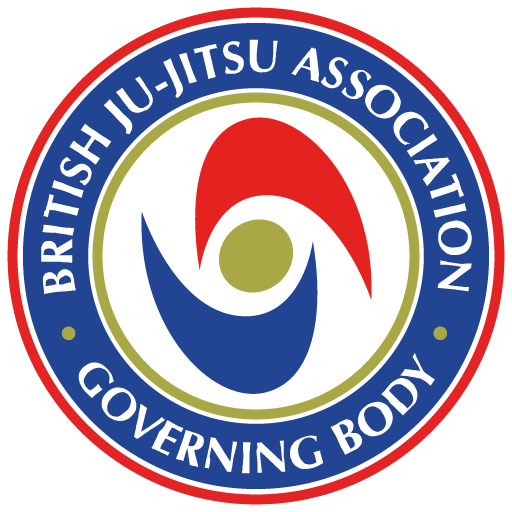
The Origins of Ju-Jitsu
Ju-Jitsu loosely translated means “science of softness” or “gentle art” and is applied to many schools of unarmed and hand-to-hand combat.
The soft grappling style was intended to help unarmed soldiers to fight against armed enemies in any way possible, using the least amount of force necessary.Ju-Jitsu was the primary unarmed combat method of the Samurai. Many other Martial Arts are modern day descendents of Ju-Jitsu.
Ju-Jitsu turns an attacker’s own force against him or herself, putting them off balance. Ju-Jitsu also emphasizes certain grappling moves and strikes to vital areas. A Ju-Jitsu student is expected to learn how to gauge the force of an opponent’s attack and use it against them, evade attacks, use leverage against an opponent and how to attack nerves and pressure points.
The main goal in Ju-Jitsu practice is to cultivate a person’s mind and body: not to use it as a means to vent one’s anger, frustration or emotional problems. The use of force is condoned only in self-defence or in the defence of those who are defenceless.
The origin of Ju-Jitsu is not clear, however the first publicly recognized Ju-Jitsu Ryu was formed by Takenouchi Hisamori in 1532 and consisted of techniques using a sword, jo-stick and dagger as well as unarmed techniques. The Takenouchi-Ryu may be regarded as the primal branch for the teaching of arts similar to that of Ju-Jitsu.
Several hundred years later there was a general shift from the weapon forms of fighting to weaponless styles. These weaponless styles were developed from the grappling techniques of the weapon styles and were collectively known as Ju-Jitsu.
Fukuno Schichiroemon of Temba started the Kito-Ryu in the middle of the 17th century. The Kito-Ryu gained great prestige and popularity with its “Art of Throwing” and “Form Practice.” In close connection with this branch was the Jikishin-Ryu, whose founder was Terada Kanemon, a contemporary of Fukono. They established two separate systems of Ju-Jitsu. These two systems appear to be the oldest of all the varied systems of Ju-Jitsu.
It has been estimated that over 750 systems of Ju-Jitsu were in existence in Japan from 1603-1868. The branches of Ju-Jitsu grew during the feudal period. The art continued in various provinces in Japan until the later part of the 18th century, when it began to decline with the impending fall of feudalism.
Kano Jigoro opened his first Kodokan dojo in the early 1880’s in Tokyo. Kano used his knowledge and experience of Ju-Jitsu to create Judo. During the Kodokan’s years, Judo almost completely smothered the prevailing Ju-Jitsu traditions of the area, perhaps due to Judo’s success in direct competitions with various Ju-Jitsu forms.
Welcome to the official website of the National Governing Body for Ju-Jitsu in Great Britain. This organisation is officially recognised by Sport England (part of the UK Sports Council). We are also associated with the Central Council of Physical Recreation (CCPR) and with the National Coaching Foundation; Sports Coach UK.
The Mission of the BJJAGB is to unify British Ju-Jitsuka with a foundation of mutual respect for all styles or systems of Ju-Jitsu and to provide services and guidance to foster Techinical Excellence, Fellowship and Human Character Development.
The International Sport Jujitsu Association (ISJA). Sport Ju-Jitsu transcends other forms of martial arts competition in that it encompasses all fighting ranges. It challenges fighters not only to develop hand and foot speed, but also to have the versatility and skill to go into grappling using takedowns, throws and submissions. There is a National Championship that takes place every year, and a World Championship is held every two years.
